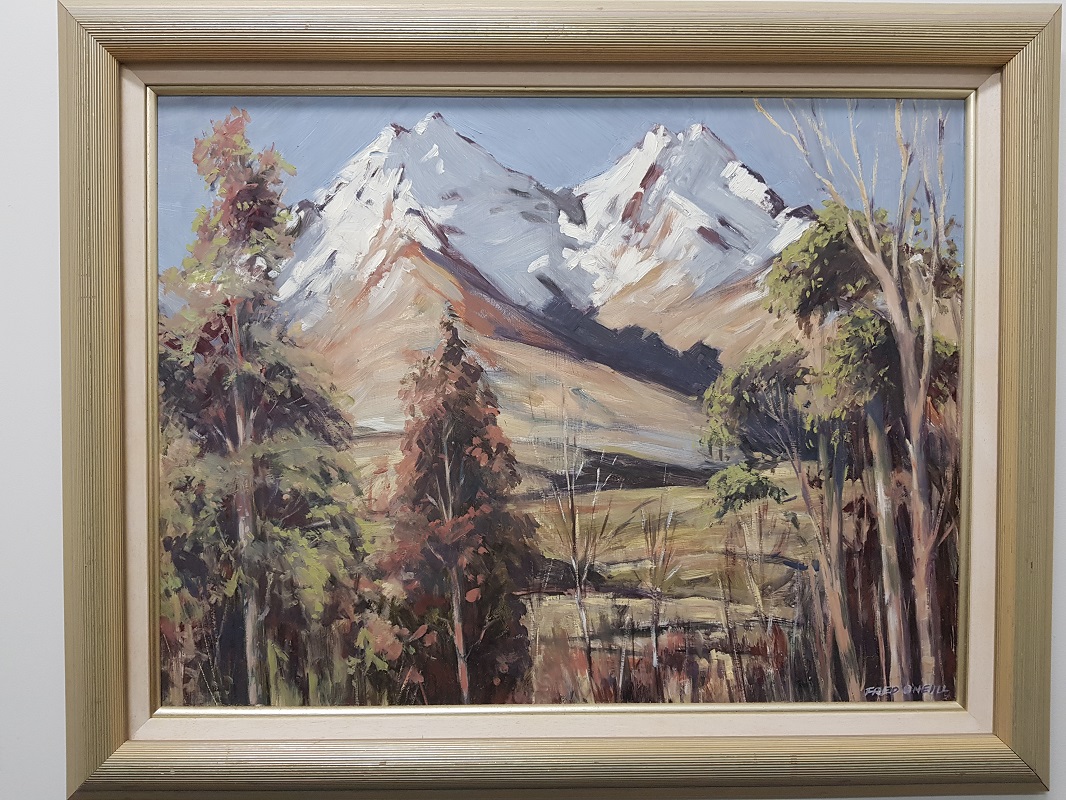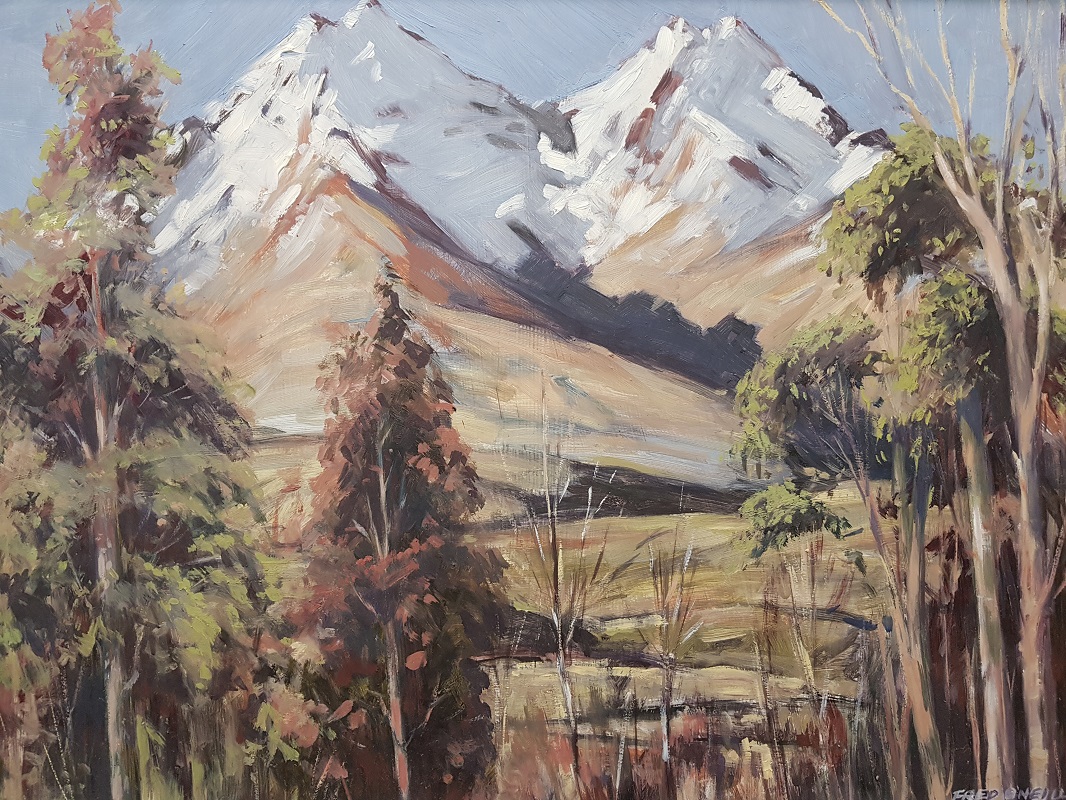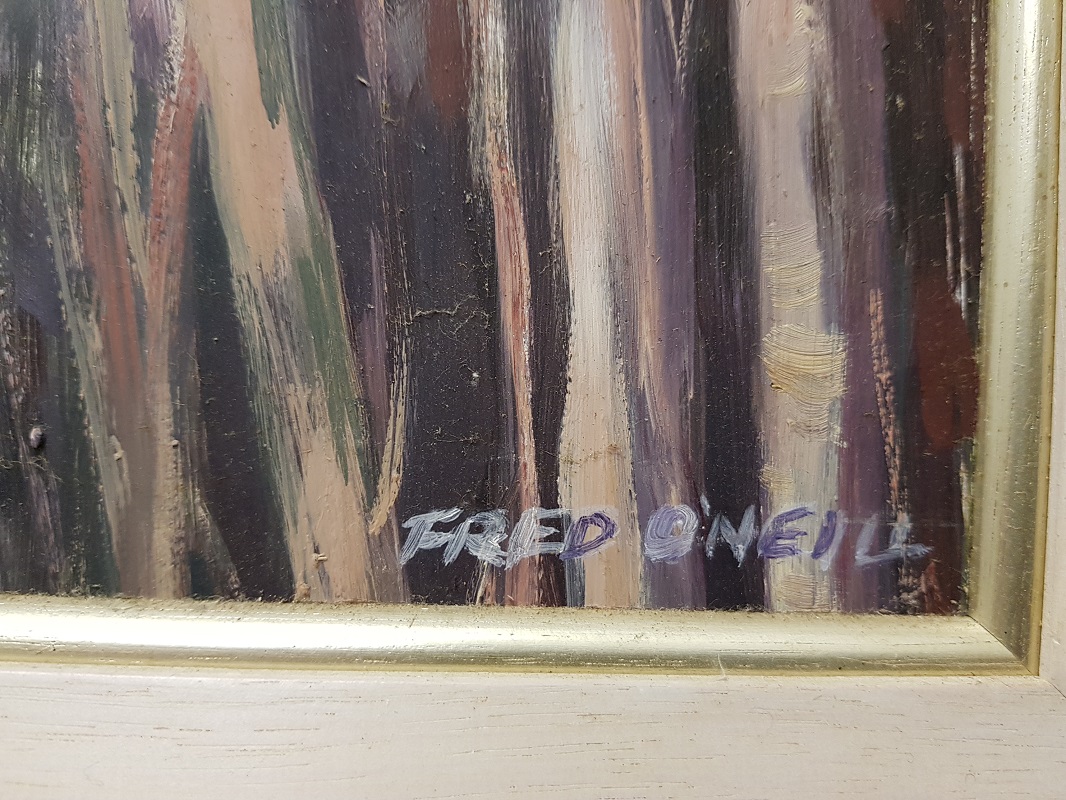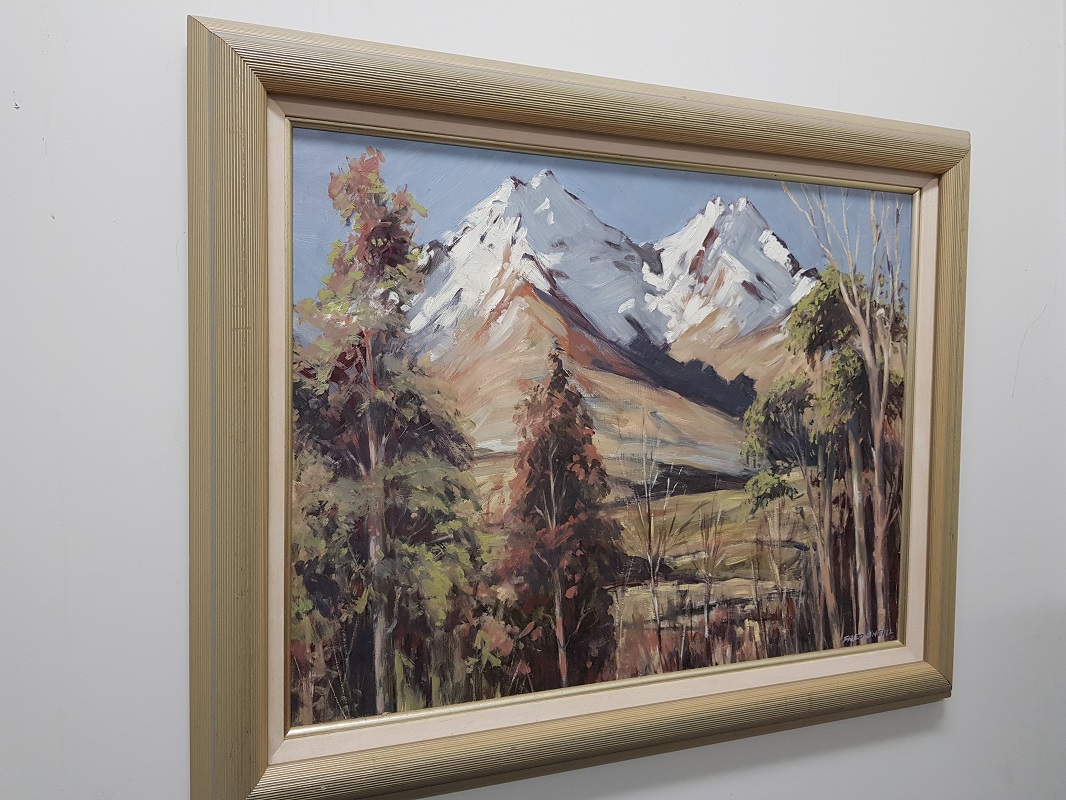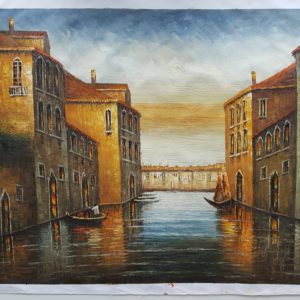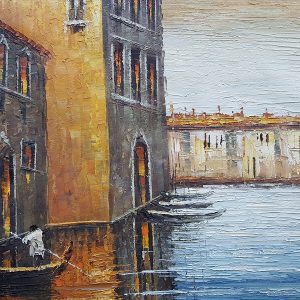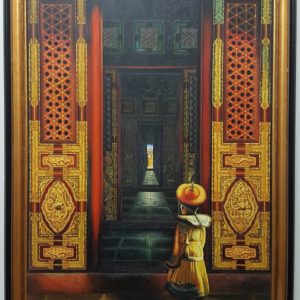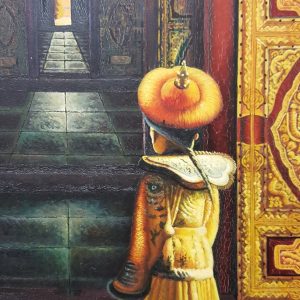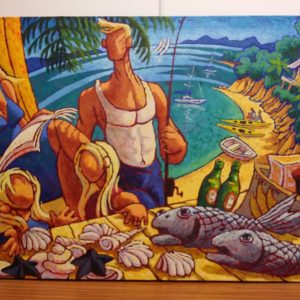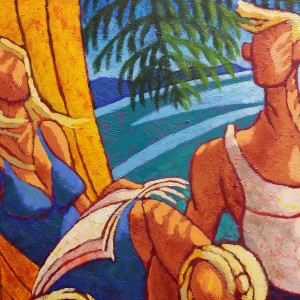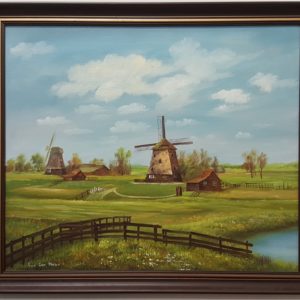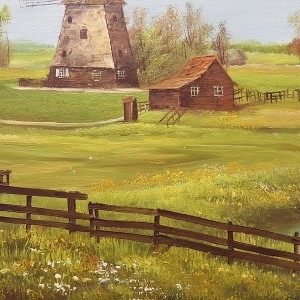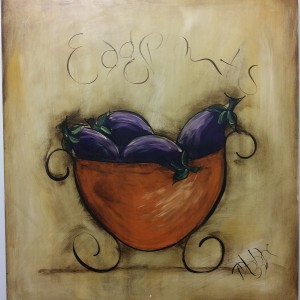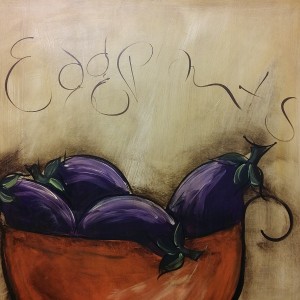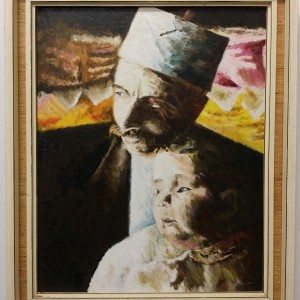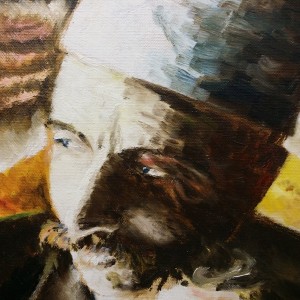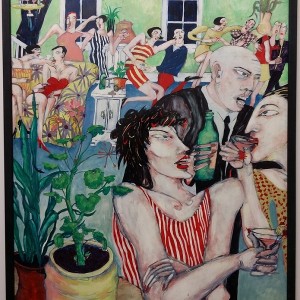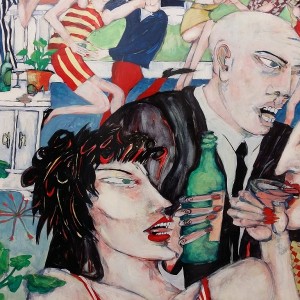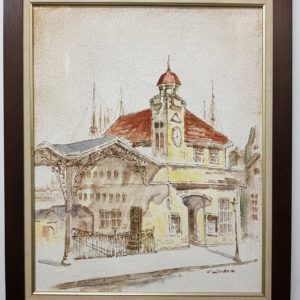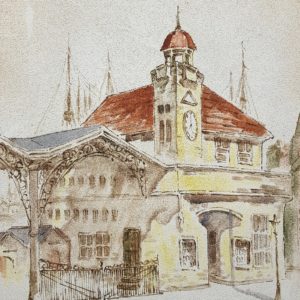Description
Author’s biography:
Frederick Arthur O’Neill (1919-1985)
Frederick Arthur O’Neill was born in 1919. Determined to make a living from art, he studied at an art school in Sydney after leaving Otago Boys’ High. In Australia he worked at an engineering firm. After war service with the RNZAF in the Solomon Islands, he set up his own company, Dunedin Electroplaters, a successful business that provided his livelihood while keeping up his interest in art through his hobby of oil painting.
O’Neill achieved recognition overseas with Plastimania, as runner-up in the 16mm category of the British Amateur Cine World Ten Best Films of 1958 competition. In the following year’s competition he entered Phantasm, a longer animated Plasticine film, also in colour and with a soundtrack on tape. This film was selected as one of the Ten Best films of 1959, the first time a New Zealander had been so recognised. He repeated the feat the following year with Flight to Venus, and again in 1961 with Hatupatu and the Birdwoman. Having a film selected as one of the Ten Best three years in a row was a rare achievement.
Phantasm also won awards at the International Festival of Amateur Films in Cannes, and another amateur contest in Australia. Prior to this international success, Plastimania had attracted the attention of the National Film Unit’s South Island representative Frank Chilton. He saw potential in the technique of Plasticine animation to educate children through story-telling. The NFU pitched the idea to the Health Department and production began on O’Neill’s only 35mm film Space Flight, which was eventually completed in 1962.
It was only through the movie clubs and cine societies that O’Neill’s films could initially be seen (although eventually five of his films were available through the National Film Library). Highly valued and respected by his fellow amateur film makers, O’Neill’s advice on film and animation techniques was much in demand. Technical advisor to the Otago Cine-Photographic Club, he also served as its president. During a talk at 1962’s tenth annual conference of the Federation of NZ Amateur Cine Societies, O’Neill screened his films, plus another film showing how they were made.
O’Neill’s special skills were sought out by the NZBC for some early children’s programmes produced by Dunedin regional station DNTV-2. Most well-remembered were the thirteen films in the popular animated puppet series The Court of King Collywobble, which featured in Junior Magazine from Dunedin (also known as After Five) in 1965. Although aimed at children, such was the interest in King Collywobble that the NZBC made a film about O’Neill’s work for arts show Focus.
In 1966 he made TV series The Space Twins, featuring characters Rod and Dawn. Television brought his work to a large new audience, but it was an audience whose expectations were heightened through exposure to popular TV programmes from Thunderbirds producer Gerry Anderson, which used the sophisticated puppetry technique Supermarionation.
As a candidate for the National Party he stood unsuccessfully for the Dunedin Central seat in 1972, the same year he sold his electroplating business.
After a short illness, he died at his home in Dunedin on 28 June 1985. He was 65.
